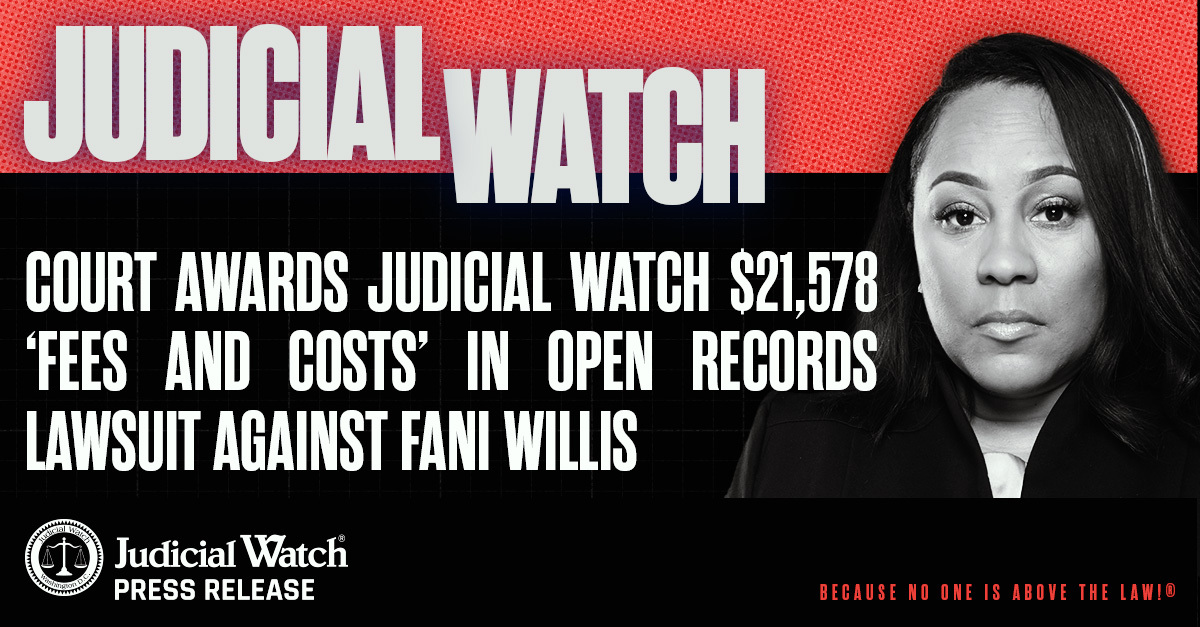

CDC Releases State By State Obesity Map
In its ongoing effort to single out health disparities between ethnic minorities and Caucasians, the Obama Administration has published a new State Obesity Map that reveals blacks, the poor and uneducated are disproportionately obese compared to their more affluent and educated white counterparts.
The new tool, published on the Centers for Disease Control and Prevention (CDC) website, offers a state-by-state breakdown of obesity rates in the United States. More than one-third of U.S. adults (35.7%) are obese, according to the CDC, and blacks have the highest rates (49.5%) of obesity, the agency found. Mexicans are second with an obesity rate of over 40% and “non-Hispanic whites” come in at 34.3%.
Not surprisingly, the government determined that even within some minority communities, those with higher incomes are less likely to be obese than those who make less money. This is referred to as socioeconomic disparity. Likewise, those with college degrees are less likely to be obese compared with the less educated, according to the CDC’s findings.
This is critical for minorities because obesity-related conditions can be deadly and include heart disease, stroke, type 2 diabetes and certain types of cancer. In fact, medical costs associated with obesity are estimated by the CDC to run north of $146 billion in one year alone. That translates into an individual medical bill of $1,429 higher for obese people compared to “those of normal weight,” according to the agency.
That can only mean one thing; poor minorities are victims, at a disadvantage and Uncle Sam must step in and help out. When it comes to healthcare, this has been the Obama Administration’s consistent message. In fact, an Obamacare initiative to “reduce racial and ethnic health disparities” established half a dozen federal Offices of Minority Health as well as one for each state. Their mission is to reduce health disparities between minorities and whites.
The administration has also dedicated more than $100 million help lower chronic diseases—such as diabetes, cancer and heart disease—“disproportionately seen among poor and minority populations.” Part of that effort includes eliminating “food deserts” in urban areas. The term was coined by First Lady Michelle Obama to describe poor areas she claims don’t have access to affordable healthy fare such as fruits, vegetables, whole grains and low-fat milk. American taxpayers are also financing the costly transformation of the inner city diet.
Additionally, a new federal task force was created earlier this year to “reduce racial and ethnic asthma disparities.” The president found this government expansion essential because asthma disproportionately affects minority children and kids living below the poverty level. Specifically, the asthma rates of African American and Puerto Rican children are more than double the rate of Caucasian children in the United States, according to the new President’s Task Force on Environmental Health Risks and Safety Risks to Children.
The administration even created, for the first time ever, a new section on socioeconomic status in the CDC’s annual comprehensive report on Americans’ health. Nearly two dozen pages are dedicated to the special socioeconomic status section, which includes charts and graphs comparing the difference in the healthcare received by whites, Hispanics, blacks and Asians. Practically all ailments are mentioned, including asthma, obesity, mental disorders and dental visits with a breakdown of disparities among ethnic minorities and the uneducated and poverty-stricken.
Everything from depression to edentulism (lack of natural teeth), obesity, cigarette smoking and cancer is more prevalent among the poor, according to the government’s assessment. Even childhood attention deficit disorder hits low-income minorities harder and practically every chronic disease known to man strikes them at much greater rates than educated whites. In short, people with higher education and income levels have lower rates of many chronic diseases compared to those with less education and lower income levels, the feds assert.















